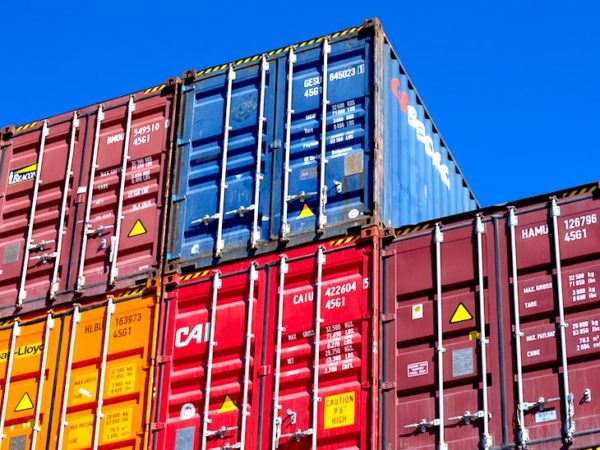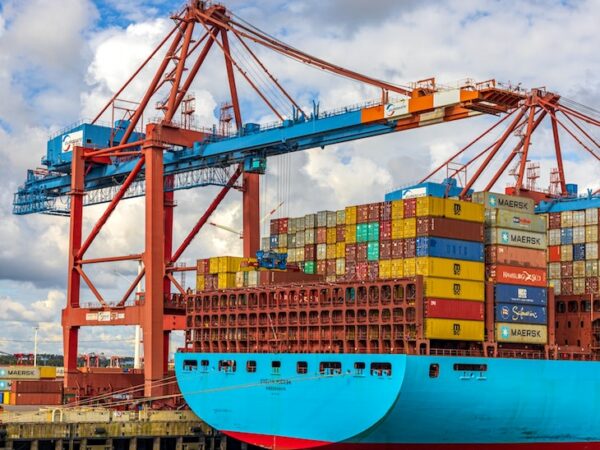
The 2022 Chinese New Year holiday commences with delays of shipments from Chinese ports expected to continue after the public holiday due to sustained demand and capacity volatility.
Covid-19 Outbreaks Continue to Add Pressure to Operations
The last of the critical weeks leading up to the Chinese Lunar New Year public holiday comes to an end today. Chinese New Year has always been a big disrupter in the global supply chain. This year has been exceptionally challenging with Covid-19 outbreaks spreading across China, creating a visible knock-on effect to port operations and production. All major Chinese ports have been impacted by increased congestion and equipment and labour shortages as a result of government imposed restrictions. The last push to ship goods ahead of the public holiday has been suppressed by port congestion tying up capacity and reducing sailing frequencies interfering with the reliability of shipping schedules.
While operations at Ningbo have returned to normal, the key ports in Tianjin and Yantian continue to be impacted by Covid restrictions on truck drivers which is causing delays to the inland transportation of export containers and causing congestion at port terminals. In an attempt to reduce the congestion, port authorities over the last two weeks have reduced the cut-off time for receiving outbound containers. This means that some cargo has been delayed in delivery to port ahead of the factory closures and regrettably some shipments may be delayed as a result. We will notify customers that have been affected at the earliest opportunity.
Chinese New Year Closure Unlikely to Provide Respite
The Chinese New Year holiday usually provides the industry with some respite. The pause in production, as factories in China shut down for approximately two weeks, should allow ports the opportunity to clear some of the backlog of cargo from the increased delivery by factories ahead of closure. However, the management of the acute landside congestion by reducing the time that drivers can deliver containers into ports ahead of departure, means that much cargo is still sitting in factories and will only be able to move when factories reopen.
We expect to see blank sailings in early February as holiday factory closures in China will reduce demand temporarily. In a normal year carriers would start to reduce shipping rates in order to keep volumes buoyant during the subsequent quieter weeks. However, the ongoing bottlenecks and scarcity of empty containers with persistent high demand for exports, has contributed to continued high rates on major trade lanes. Due to the ongoing challenges with capacity and continued high demand, freight rates will remain high.
Outlook for Remainder of 2022
The congestion and bottleneck problems, which began in late 2020, are persisting. Port congestion across the world including Europe and the UK is still a significant challenge. Container shortages remain an issue in parts of Asia and the Indian Sub Continent. China’s sustained ‘zero’ policy to the pandemic, and demand and capacity volatility during Chinese New Year, point to a continuation of the current bottlenecks. We anticipate it will be well into the second quarter before we see a major improvement in the situation. If, as analysts predict, inflation, higher energy costs and possible interest rate hikes begin to reduce consumer spending on goods, there may be a reduction in demand later in 2022 which will allow global supply chains to normalise.
We would like to take this opportunity to wish all our customers and partners a happy and prosperous Year of the Tiger!





